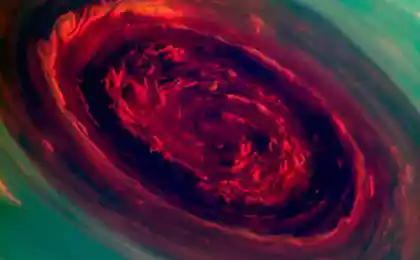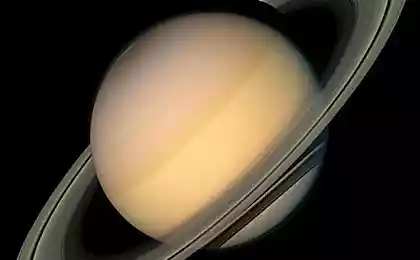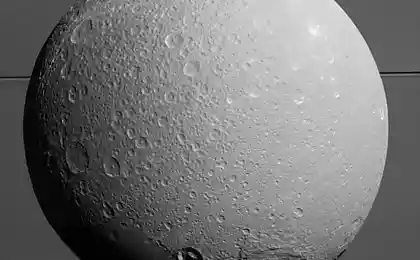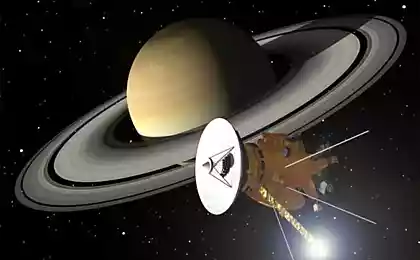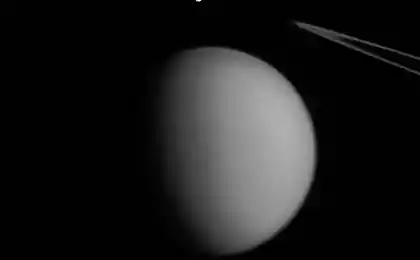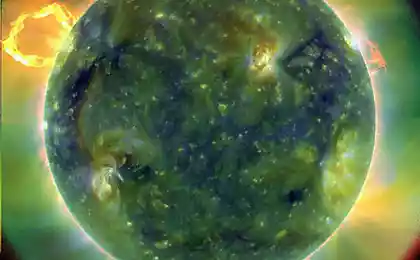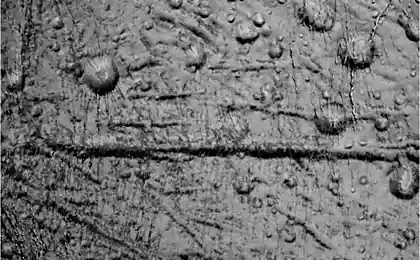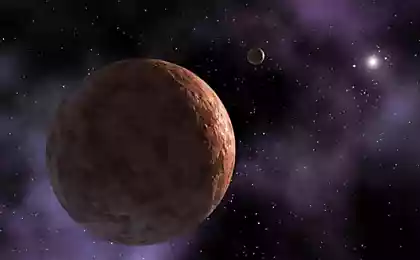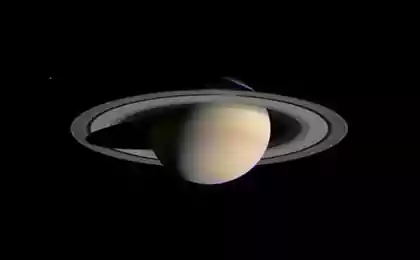662
Cassini has sent new images of Saturn's moons - Mimas and Pandora
NASA has laid out new images of Saturn's moons, Mimas and Pandora. Despite the fact that both satellites revolve around the same planet, they are very different. Pandora, which is considered a small moon, because its diameter is only 81 km has an irregular elongated shape. Mimas, with a diameter of 396 kilometers, is considered to have a medium-sized satellite. Its shape is correct, due to the greater than that of Pandora's weight.
The shape of these bodies helps to understand the history and development of satellites. For example, an explanation of the elongated shape of the Pandora can be a low density of the material, the term planetoid. Perhaps Pandora formed from particles of Saturn's rings, joined together for one or another reason.
The image of Saturn's rings and satellites was obtained in visible light, a camera apparatus, July 26, 2015.

The picture was taken at a distance of about 781 kilometers from the Pandora's resolution is about 5 kilometers per pixel. Mimas located at that time at a distance of 1.4 million kilometers from Cassini, is resolution is 8.4 kilometers per pixel.
«Кассини» (Eng. Cassini orbiter) - automatic interplanetary station. Named in honor of the Italian-French astronomer Giovanni Cassini. Part of the space program, "Cassini-Huygens". Launched October 15, 1997.
This year, the station will also explore another moon of Saturn - Enceladus. Since October 14, the station flew at a distance of 1839 kilometers from the surface of Enceladus on October 28, the station will be located on the surface of the celestial body at a distance of only 49 kilometers. Perhaps the machine will fly through the plume particles ejected kriovulkanami Enceladus, which will study the composition of the particles. This information will help scientists study the characteristics of the ocean under the ice moon of Saturn. Astronomers now believe is very likely existence of life on Enceladus.
Last visited Enceladus Cassini in December, after which, already in 2017, three more satellites will photograph the gas giant.
Source: geektimes.ru/post/264006/
Eagle and Tails - Release 2.6 (Paris)
NASA rejected the project orbital delivery of goods from Lockheed Martin as too complicated and expensive



